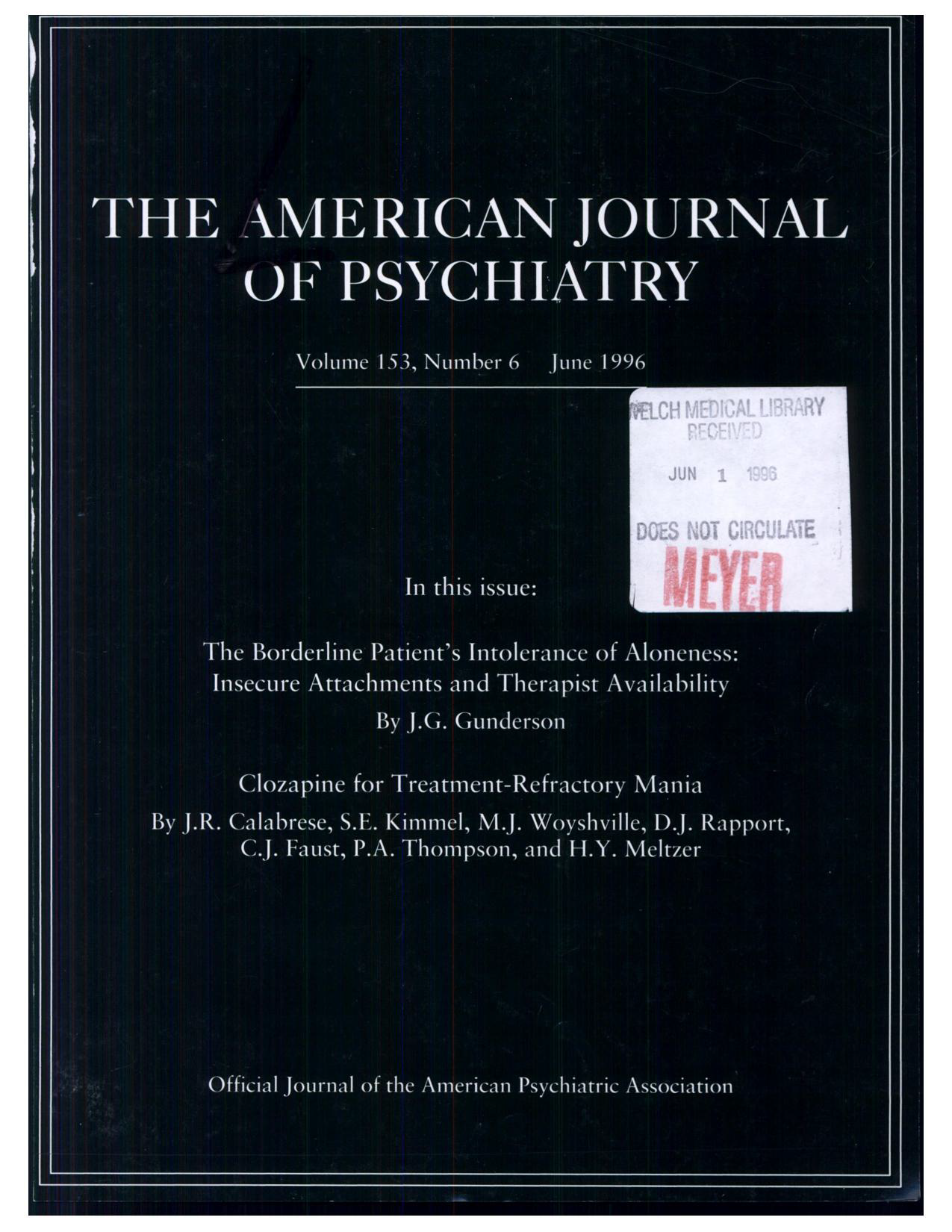Outcome of intensive inpatient treatment for combat-related posttraumatic stress disorder
Abstract
OBJECTIVE: This study analyzed the outcome of a 4-month intensive inpatient program for combat-related posttraumatic stress disorder (PTSD) among Vietnam veterans. METHOD: The subjects were 51 male veterans with PTSD who completed the inpatient treatment program. Comprehensive measures of PTSD and psychiatric symptoms, as well as social functioning, were assessed at admission, discharge, and 6, 12, and 18 months after discharge. RESULTS: The overall study group showed an increase in symptoms from admission to follow-up and a decrease in violent actions and thoughts and legal problems. Family and interpersonal relationships and overall morale were improved at discharge but then returned to pretreatment levels at 18 months. Patient evaluations also indicated that the program affected morale and interpersonal relationships but not symptoms. CONCLUSIONS: The chronic nature of combat-related PTSD among Vietnam veterans is evident. The study raises the possibility that long-term intensive inpatient treatment is not effective, and other forms of treatment should be considered after rigorous study of such variables as length of stay, trauma versus rehabilitation focus, and patient characteristics.
Access content
To read the fulltext, please use one of the options below to sign in or purchase access.- Personal login
- Institutional Login
- Sign in via OpenAthens
- Register for access
-
Please login/register if you wish to pair your device and check access availability.
Not a subscriber?
PsychiatryOnline subscription options offer access to the DSM-5 library, books, journals, CME, and patient resources. This all-in-one virtual library provides psychiatrists and mental health professionals with key resources for diagnosis, treatment, research, and professional development.
Need more help? PsychiatryOnline Customer Service may be reached by emailing [email protected] or by calling 800-368-5777 (in the U.S.) or 703-907-7322 (outside the U.S.).



